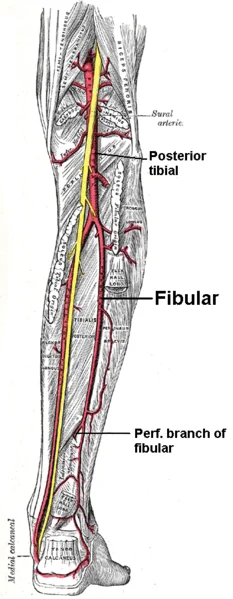The good news is that restraints in motor vehicles have become optimized so people have a lesser incidence of upper body damage. Little attention has been paid to lower extremity injuries, however, in part because they do not cause mortality in general and they carry low injury scores. They do, though, cause a great deal of disability in those who suffer them. Not only is there a great psychological burden from lower extremity injuries but there is a longstanding possible disability. Other, unrelated injuries and factors like depression influence how the patient does long term.
A patient can sustain a foot injury from slamming the foot into the seat or footboard ahead of them. Foot injuries may or may not need to be casted but certainly they impair the ability of the patient to get around. It can mean days or weeks off the job until the individual can bear weight. Fortunately there are few long term disabilities from foot fractures.

Femur fractures happen more often in children than in adults. It happens usually when forces below the femur put pressure on the femur and fracture it. It can fracture in the mid-shaft, leading to severe bony instability of the lower leg. The femur fracture is usually healed with rods placed surgically within the marrow of the femur. A person can walk much sooner with surgical correction of their femur fracture. It is rare to have the femur heal secondarily.
High on the femur is the hip. Hip fractures can involve fractures to the proximal femur or fractures to the ball of the ball and joint socket. In theory, a hip fracture can involve a fracture to the acetabulum or “socket” alone but then it is caused an acetabular fracture. Fractures of the hip come from forces directed upward from the foot at the time of the motor vehicle accident. There are many different types of hip fractures, depending on where the hip happens to break. These fractures need to be treated surgically, usually be removing the damaged hip and replacing it with an artificial hip and socket. In some cases, plates and rods are used to repair the hip.
Pelvic fractures carry some morbidity and mortality. They involve the bone within the pelvic region that rings the bladder and reproductive organs. There is generally a lot of bleeding with pelvic fractures that can cause shock to occur.
Lower extremity fractures are serious consequences of motor vehicle accidents. When they are associated with other types of trauma, they can be especially debilitating.
(Portrait attributed to Mikael Häggström via WikiMedia).
If you have a lower extremity fracture caused by a motor vehicle collision and need assistance, please call our office for free friendly advice at: (916) 921-6400.
